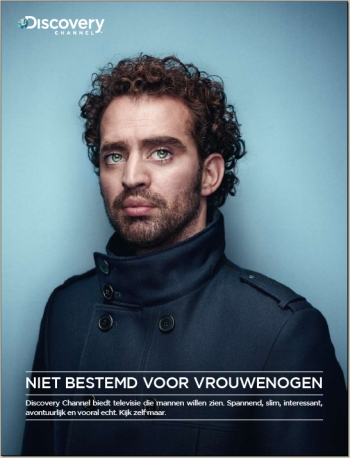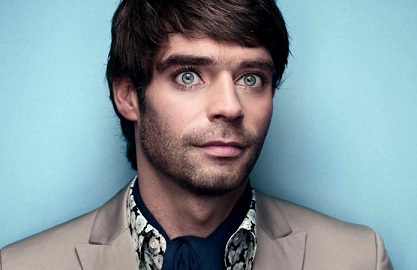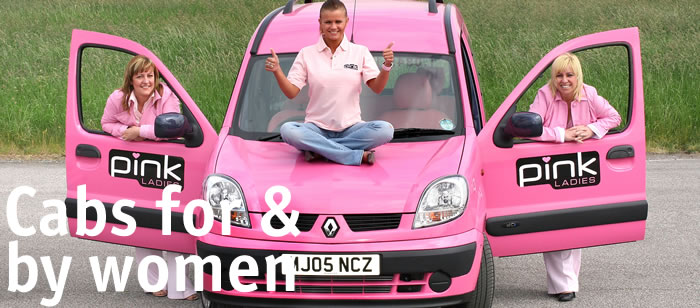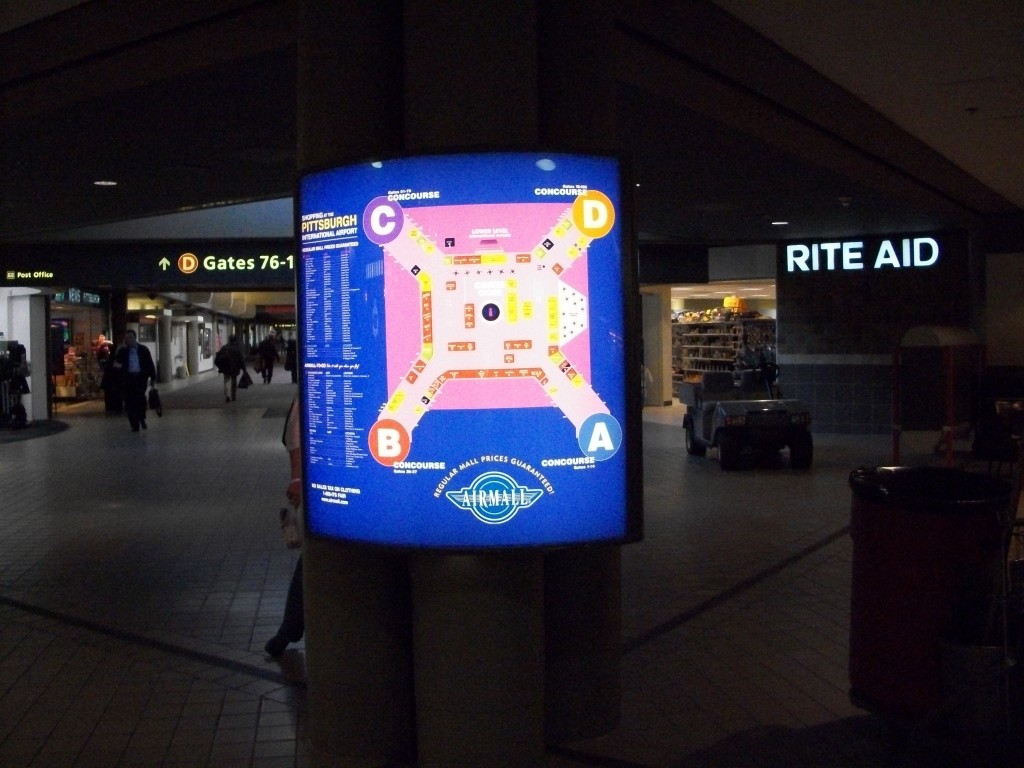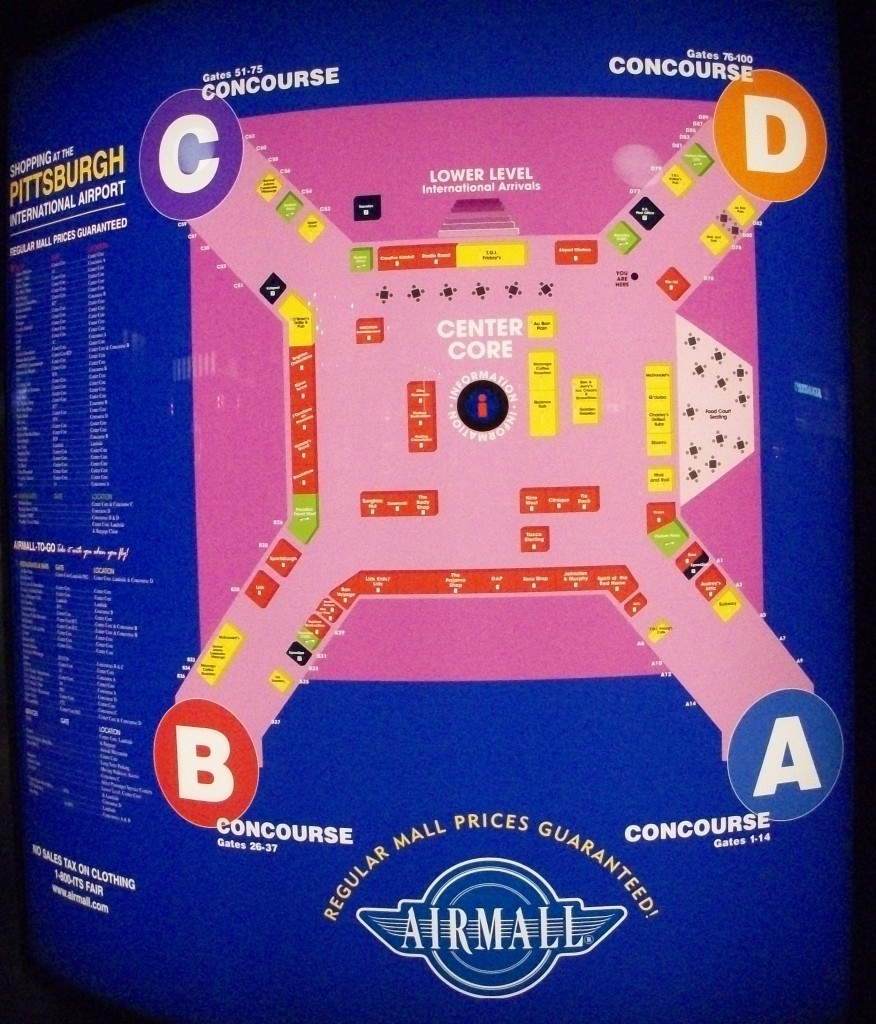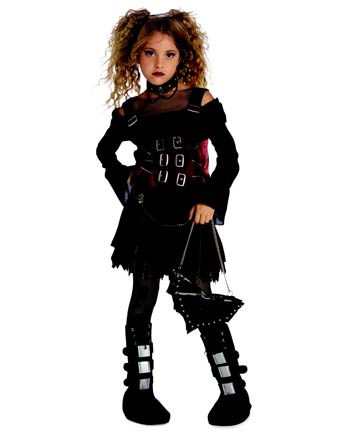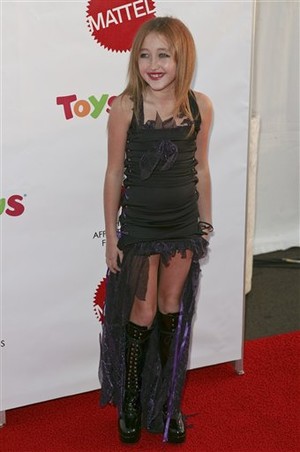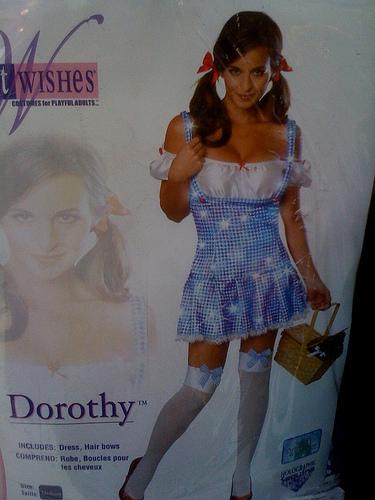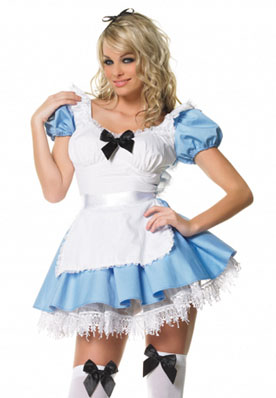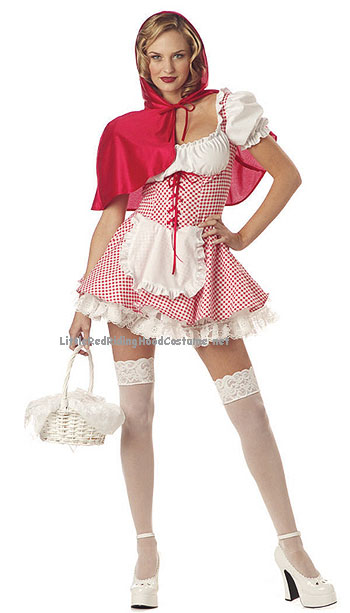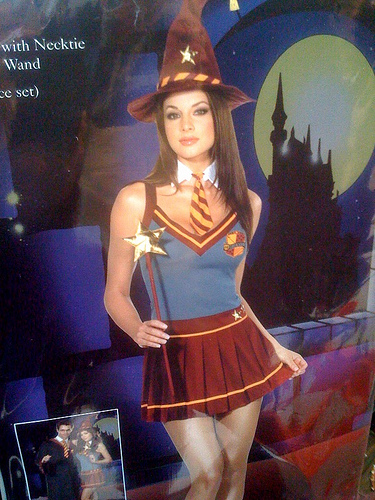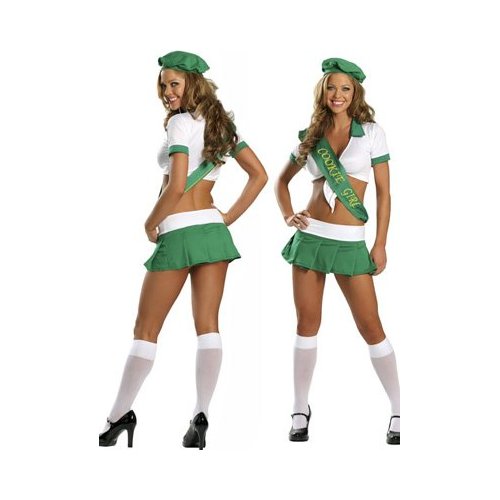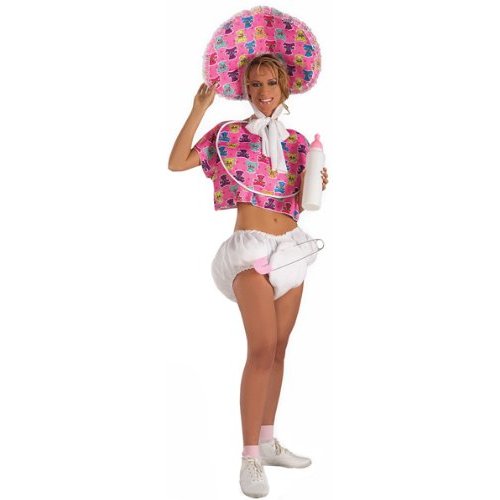My besties gave me a copy of the target toy catalog for 2009 and pointed out the front cover.

At first i thought it was just your typical run of the mill gender socialization propaganda…
White girl on the cover? Check.
Is she wearing pink? Check.
Is she wearing a tiara? Check.
Is she wearing a tutu? Check.
Is the tutu pink? Check.
Is she smiling? Check.
Is she playing with barbie? Check.
Is there a little boy in the image? Check.
Is he doing one of the following: making a mess, eating something or expressing anger? Check.
Ok, the basics are covered.
But upon further inspection, I realize that the barbie is holding Lego flowers…. and… wait a minute… are those church bells I see?! …

That little boy isn’t just upset because she is playing with his (read: a boy’s) toy… He is mad because she is marrying them!
So not only do we have an image of a smiling white girl wearing a pink tutu and tiara playing with barbie while a little boy is expressing anger… but we can add heteronormative relationships and male aversion to marriage to the list. Yay! The only things missing are caption bubbles:

As a silver lining I like to look at this image and imagine that the little boy is upset for other reasons…

Or maybe the little boy is a radical activist:

—————————–
Monica is teaches ethnic studies and works with survivors of interpersonal violence. She blogs at The Woes of a Barren Lesbo and recently wrote an irreverent take-down of the cover of a Target holiday catalog. We thought you’d enjoy her humor and creativity.
If you would like to write a post for Sociological Images, please see our Guidelines for Guest Bloggers.

